Naim mu-so - £895
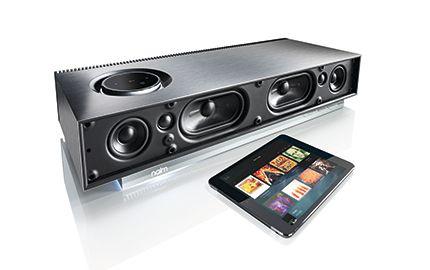
There have always been mass market consumer audio products, and there has always been hi-fi. Several decades back the two were clearly delineated, but nowadays we’re seeing the mass consumer electronics market – now catered for by the likes of Apple – moving upmarket and eating into entry-level hi-fi products. Hi-fi manufacturers are now fighting back, making quality ‘lifestyle’ products like this one.
Traditionally, the high-end audio (as opposed to ‘hi-fi’) market was the sole province of Bang & Olufsen, with a minor supporting role played by Bose. This is in effect where Naim has aimed the mu-so – at savvy, style-conscious music lovers who can’t be doing with the clutter of separates in their compact, bijou apartments. In truth, it’s an audacious push; just because you’re a great hi-fi brand doesn’t mean you have the necessary skill set to take on a company like B&O that has produced some sublime designs that sound decent and are nicer to use than anything anyone else has ever made.
Effectively, this is a box with loudspeakers, amplifiers, DSP and a network-enabled preamp all built in. To my knowledge, it’s the second Class D design the company has done, the first being the (fine sounding) Naim for Bentley auto installation. It streams music from network-attached storage, smartphones, tablets, USB sticks and ye olde MP3 players, and can work as a standalone system or part of a multi-room setup.
Music comes via AirPlay (from Apple iDevices), or from the UPnP streamer. There’s also aptX Bluetooth, which is what many will use. It plays internet radio and works with Spotify Connect. There’s also a USB socket (which can play out the digital signal from an iPhone, iPad, iPod – or off a USB stick). There’s an optical digital input too for DVD players, gaming consoles etc. and a 3.5mm analogue input, although disappointingly no RCA phono sockets.
As our main picture shows, the mu-so sports six drive units behind its front grille (which is removed in the photo). The complement includes two tweeters, twin midband drivers and two elliptical ‘figure of eight’ bass units; the latter chosen to maximise the cone size despite the slimline dimensions of the front baffle. In a nod to the famous Linn/Naim ‘Six Packs’ of the eighties, they are actively driven by six (STMicroelectronics TA516B/STA311B 75W Class D) amplifiers. The mu-so’s cabinet is reflex-loaded with a ribbed and flared port.
Clever digital signal processing is featured in the brain of the mu-so; a 32-bit Cirrus logic CS47024 DSP chip runs code that has been custom designed by Naim engineers. As well as tying together the active speaker drivers, it gives optimised equalisation settings for two different positions within a room – close to and away from the rear wall. It also features a loudness compensation curve to address the way the human ear fails to hear low bass or high treble at low volumes.
Naim says the design of the mu-so shares some formal elements of the company’s top Statement series of amplifiers. The quality of the materials and there’s an echo of classic B&O in the wide expanses of brushed aluminium and the silver heat sink that runs from one end of the case to the other. The touch-sensitive volume control, with its ring of bead blasted, anodised aluminium is an interesting feature too – and like Spinal Tap’s guitar amps, it goes up to 11! The unit comes with a black speaker grille as standard, but there are Deep Blue, Burnt Orange and Vibrant Red options for an additional £70.
Design statement
The packaging of the mu-so was designed by Naim engineers in conjunction with a consultant professor from Queen Mary, University of London. Given the wide variety of functions it has, and the relatively compact space, this was more of a challenge than you might think. On one hand there was a need to offer a largely unimpeded enclosure for the loudspeaker drive units, and on the other there was a lot of space required for the amplification and preamp sections. One result of the collaboration, says Naim, is the patent-pending embedded wi-fi antenna system, where two hidden printed-circuit slot antennae – one between the bass drivers and one inside the rear heat sink – work in combination with a dual-channel diversity receiver to give a better wi-fi link, despite the mu-so’s metallic shell.
Getting going is relatively easy if you’ve got the quick start guide, although nigh-on impossible without it; there’s a precise procedure to follow to get it talking to your network and/or devices wirelessly. Another challenge is placement; it’s a pretty large product for a one-box system, and puts a great deal of energy into the surface it’s sitting on, especially at high volumes – so you don’t want to place it on a rickety chair! I find that it needs a firm foundation for the tightest bass.
Sound quality
I haven’t heard anything quite like the mu-so before. Of course it isn’t a large, expansive two-channel separates system, but nor does it give anything like the sort of shut-in sound you get from other one-box designs. Instead the baby Naim inhabits a different world, one that fills a medium-sized room with sound in an effortless way despite not being a full-sized system. Not only that, it isn’t just ‘sound’ that it makes, but a convincingly musical performance that has an integrity and a rightness that you don’t expect from a single box such as this.
I discover that the mu-so is too good to secrete just anywhere in the room; it works best a good way from rear or side walls, where it can breathe properly. The bass never booms, but is nicest about 50cm out into free air, with the unit firing in the direction of the listener roughly at ear level. This done it gives you a commanding performance, seeming to do the reverse of the ‘music squeezed through a toothpaste tube’ effect. Its front speaker baffle is small, yet the scale of the music completely belies this. It has a TARDIS-like quality, except the other way around where what comes out is far larger than from where it came.
Tonally it’s surprisingly neutral when correctly sited. Bass is really taut and a good deal more extended than you might expect, although you never get the subterranean growl of the bass line from Supertramp’s Child Of Vision that you’d find in a full-sized hi-fi. Its ability to reproduce the middle and upper notes of the bassline is excellent, though, as well as conveying the keyboard work of Roger Hodgson in a crisp, undiluted way. The talent that the Naim has at distinguishing between different strands of the mix regardless of how loud or quiet they’re playing marks it out – I’ve never heard any similarly priced or sized one-box system do the same. Its combination of clarity and power is genuinely special.
The midrange isn’t as expansive or as translucent as a separates system, but again it’s so much better than a normal one-box offering. It lets you follow the flow of the music, listen into the mix and enjoy things just as you should. Indeed it’s remarkably uncompressed and unconstrained; you can even feed it pounding house music like Who’s In The House by The Beatmasters, and it doesn’t get flustered. It goes loud and retains a sense of rhythmic integrity and dynamic ease that seems to defy the laws of physics. Because of this, music seems easier to listen to than you’d expect from something this size. At first there’s a sense of subconscious confusion while your ears attune to what they’re hearing, rather than what you expect to hear.
Feed it a Deutsche Grammophon recording of Beethoven’s Pastoral Symphony and even this type of programme material comes over in an impressively natural, unalloyed way. Of course, it can’t reproduce the space and the scale of the recording in its entirety, but it does capture the textural feel of the orchestra as well as the flow of the music that it’s playing. It’s also good at signposting differences in dynamics, so you can really sense how the music broods then builds up to a crescendo. The treble performance of the mu-so surprises here too, giving a spacious feel and marking out the recorded acoustic well in spatial terms. Again, the unit proves able to image way beyond its own physical boundaries.
Conclusion
There’s no doubt in my mind that the mu-so is a superb product; it’s no substitute for a full-size hi-fi and doesn’t set out to be, yet it provides music from a one-box system of a clarity and power that is absolutely exceptional. Factor in its excellent wireless and streaming capabilities and it’s an extremely persuasive package – for Generation X and Y alike.
LIKE: Sound quality; stylish packaging; connectivity; build and finish
DISLIKE: Styling won’t win everyone over; wireless setup not intuitive
WE SAY: Brilliant one-box music system with quality to spare
DETAILS
PRODUCT Naim mu-so
ORIGIN UK/China
TYPE One-box system
WEIGHT 13kg
DIMENSIONS (WxHxD) 628 x 120 x 256mm
FEATURES
• UPnP; aptX; AirPlay; wi-fi
• Ethernet; USB type-A; optical digital and 3.5mm analogue inputs
• 24-bit/192kHz DAC
• Claimed output power: 6x 75W
• Support for WAV, FLAC and AIFF (24/192); ALAC (24/96); MP3; AAC; OGG and WMA
DISTRIBUTOR Naim Audio Ltd
TELEPHONE 01722 426600
WEBSITE naimaudio.com
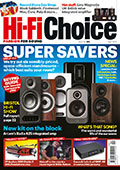 |
Inside this month's issue: Arcam Radia A25 integrated amp, iFi Audio iDSD Diablo 2 DAC/headphone amp, Eversolo DMP-A8 streamer/DAC/preamp, Line Magnetic LM-845IA valve amp, Record Store Day Spring Drop, standmount loudspeaker Group Test and much, much more
|
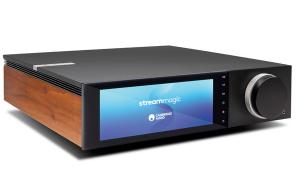
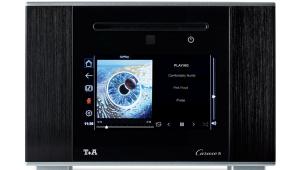
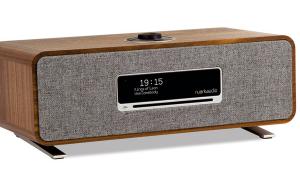
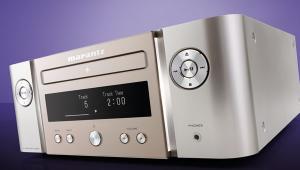
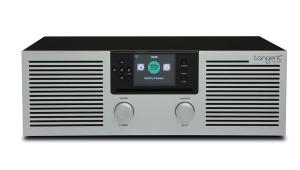
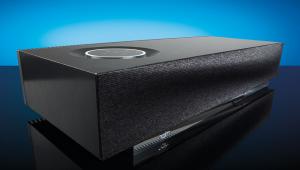
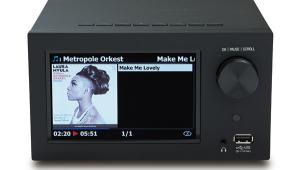
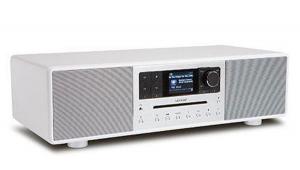
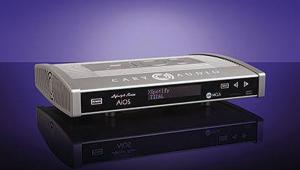
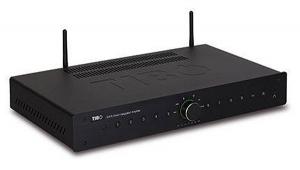
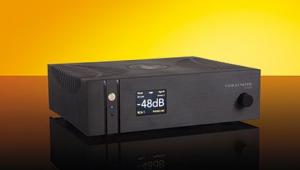
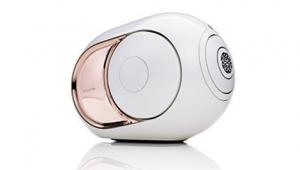
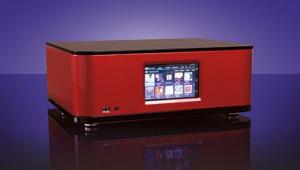

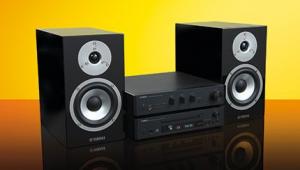
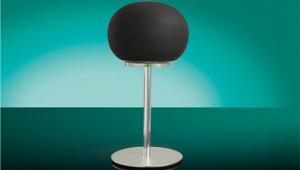
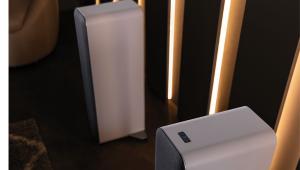
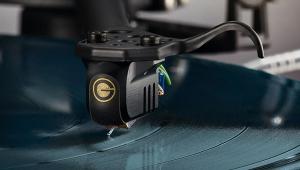

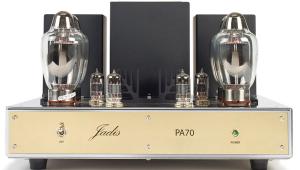
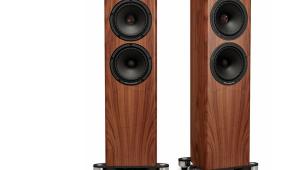
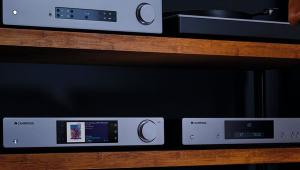
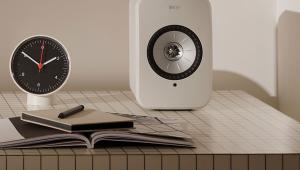
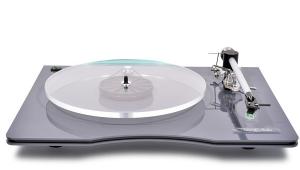
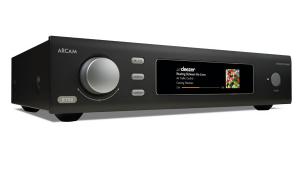
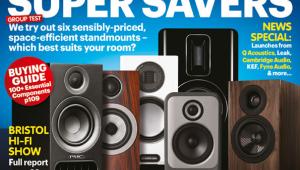
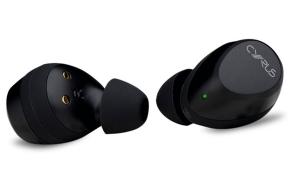

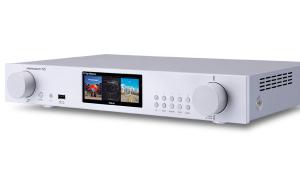
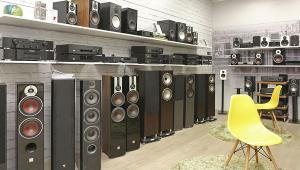


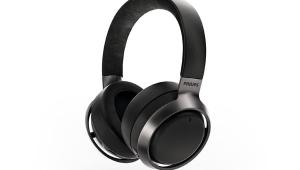
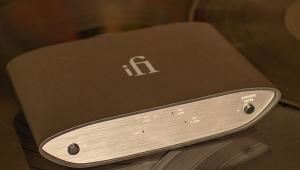
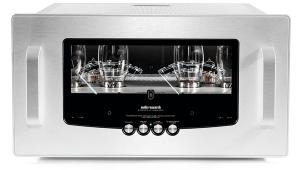
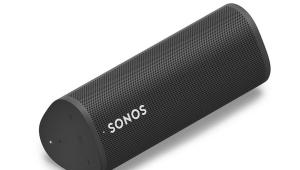
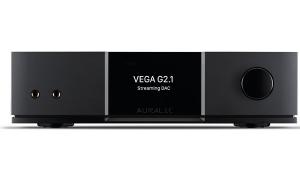
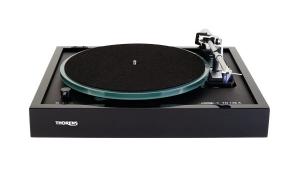
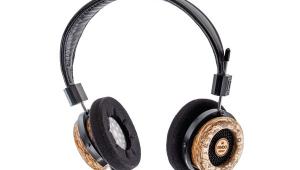
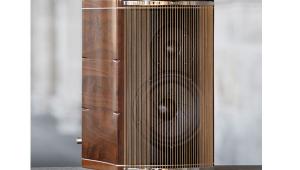
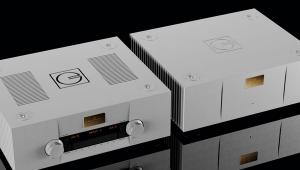
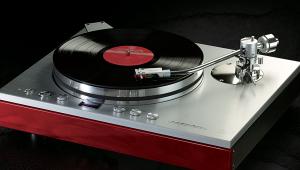
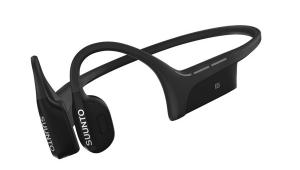

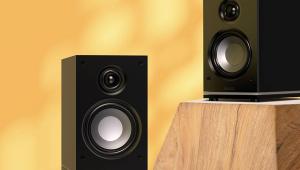
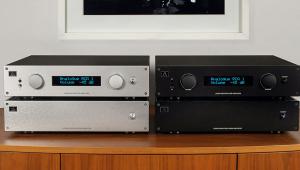
.jpg)



